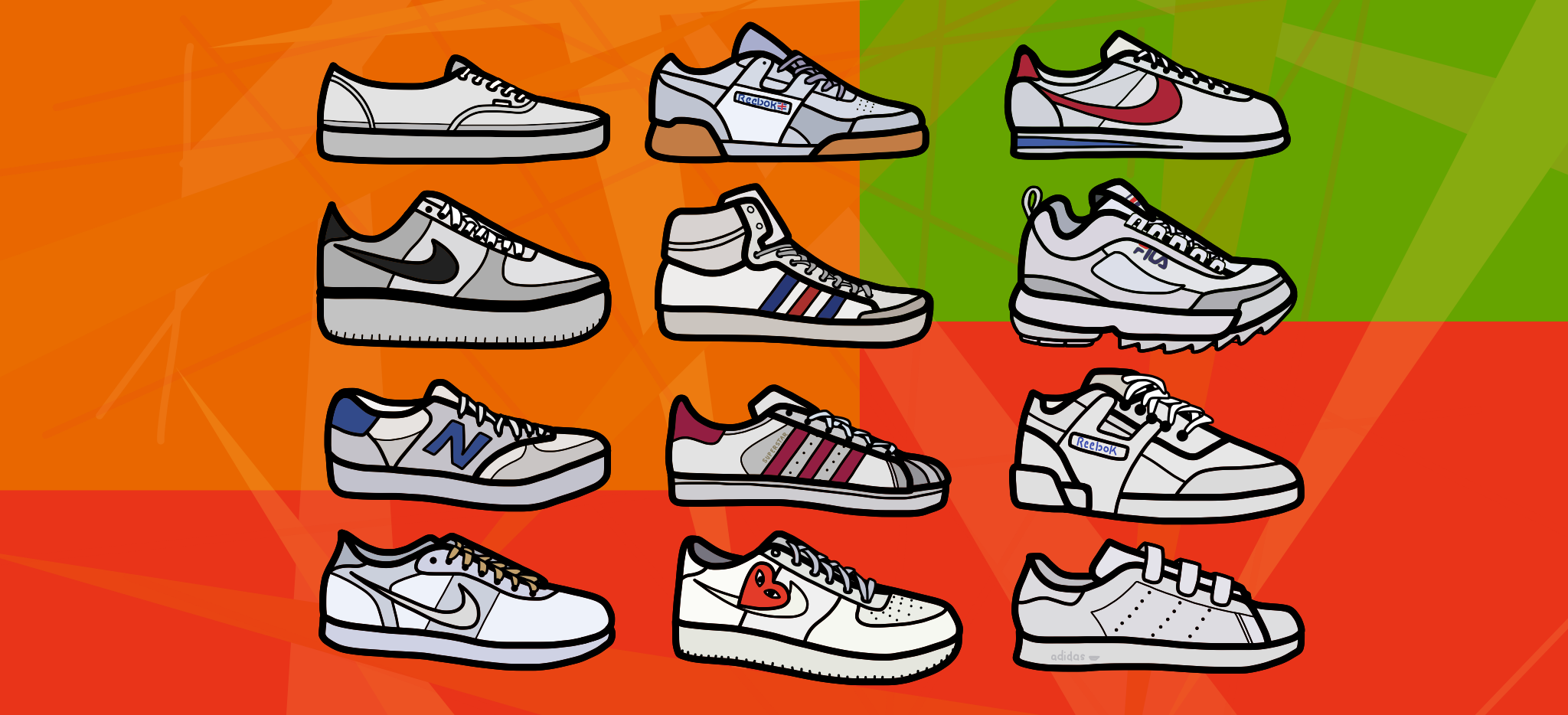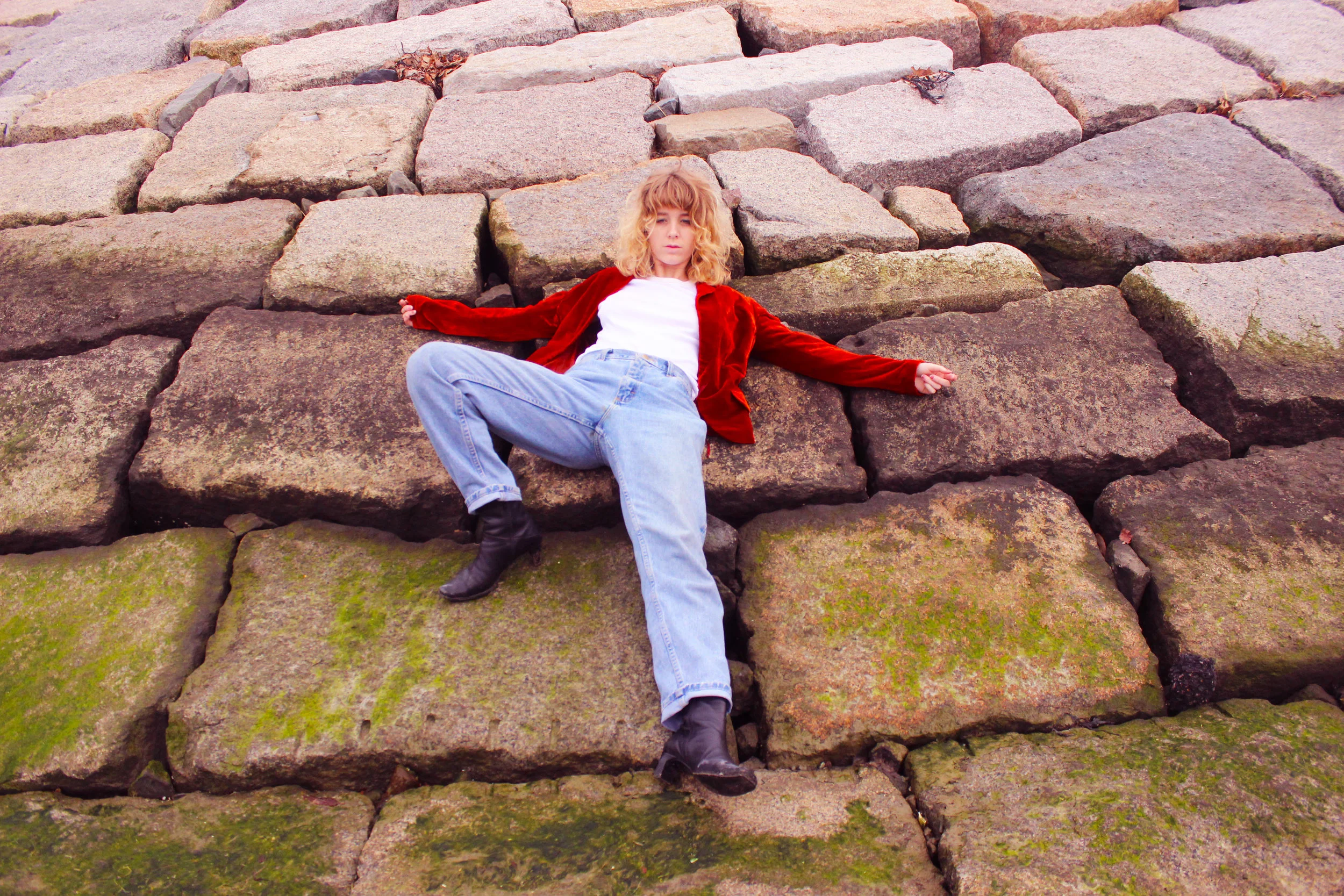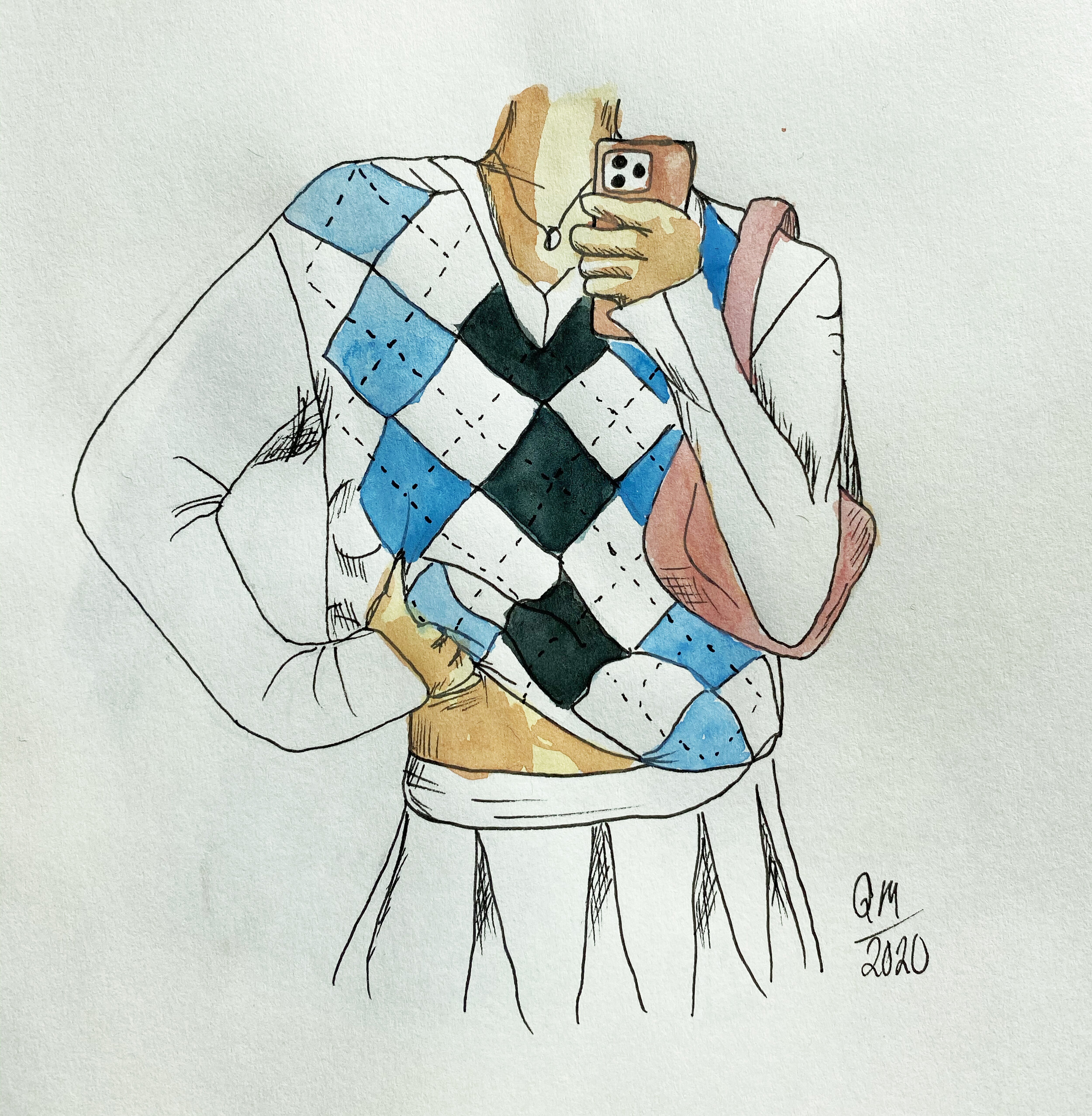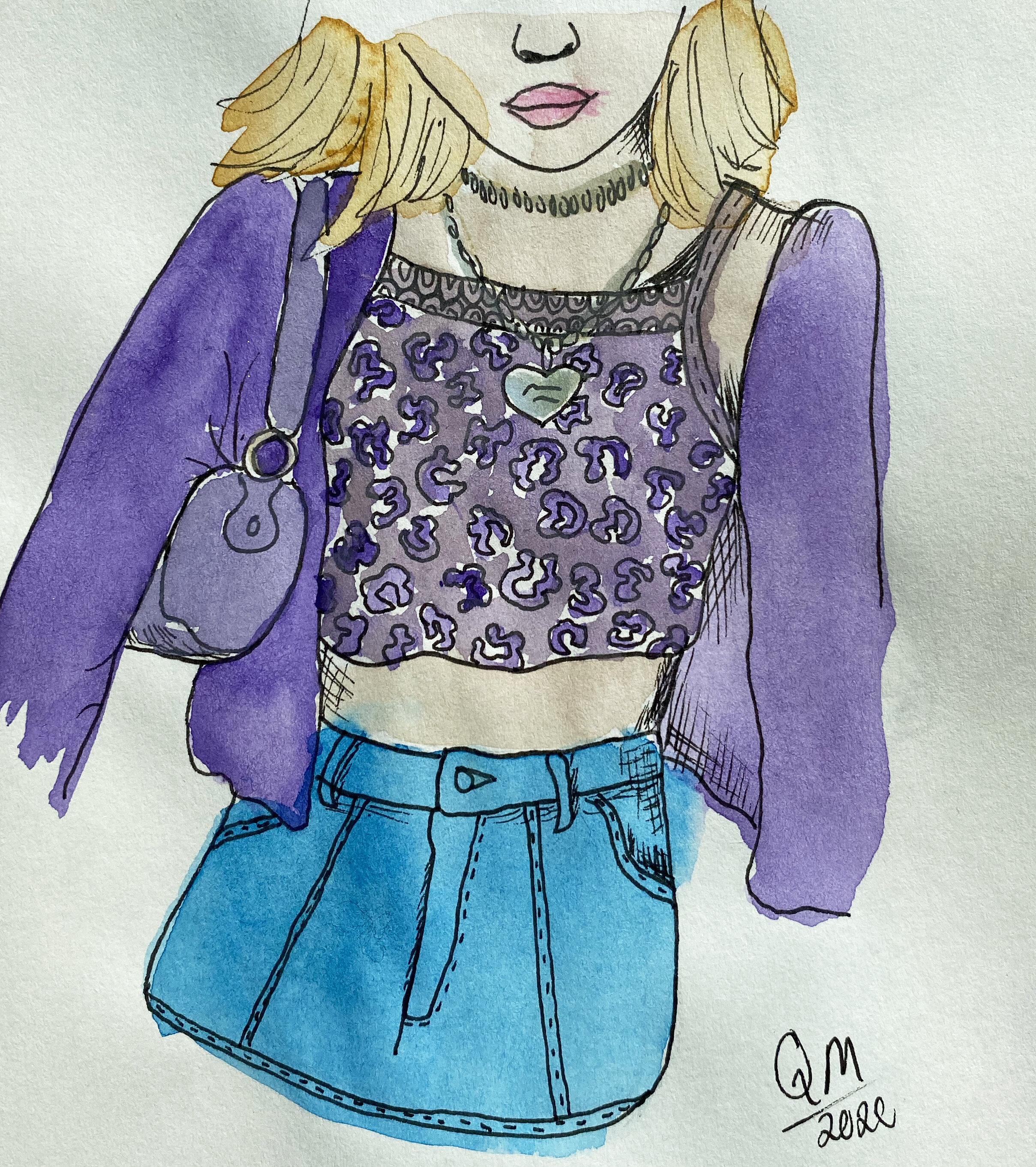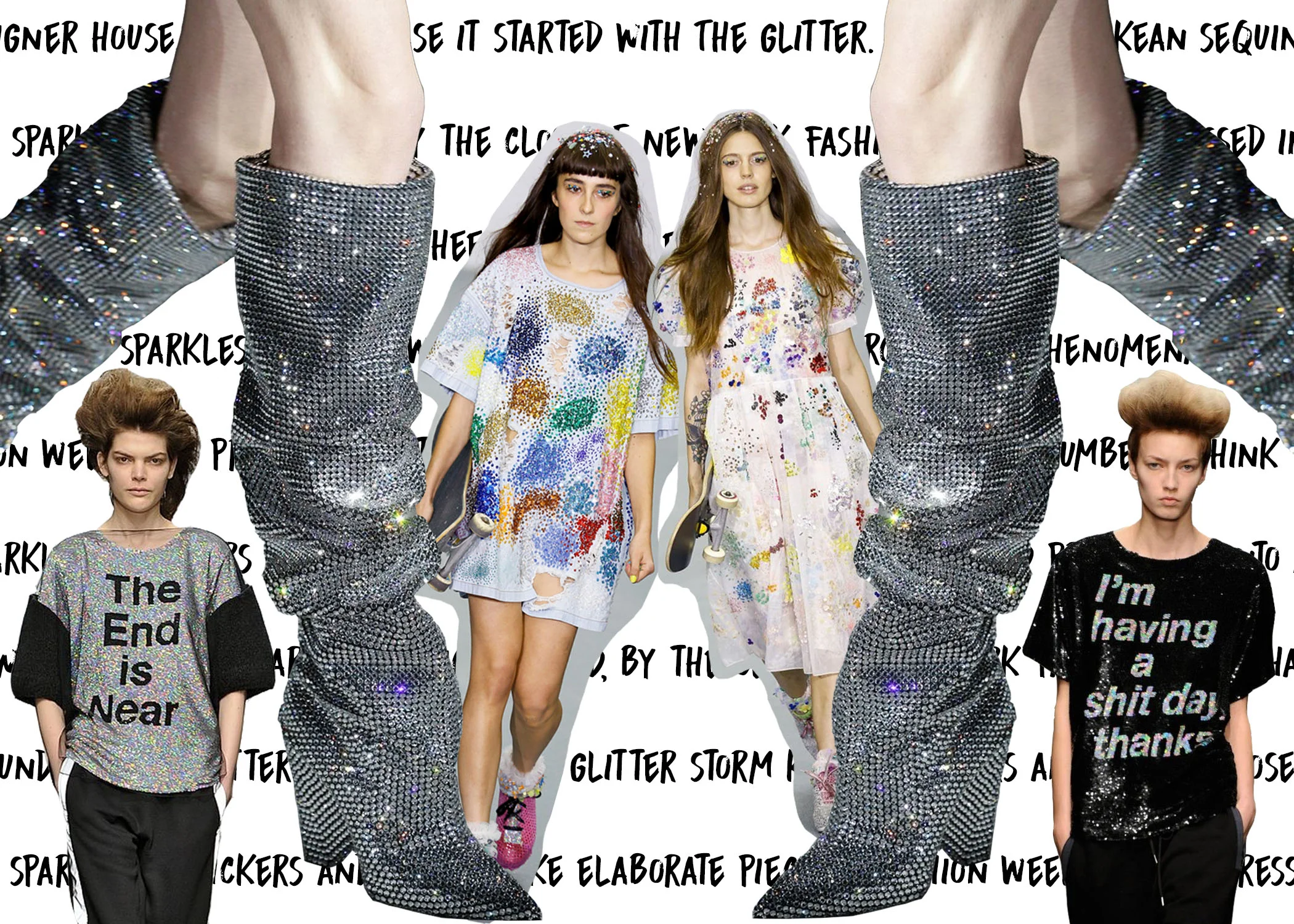by Molly Goodrich
Illustrations by Queenn McKend
If Gen Z is going to be known for anything, it might as well be their activism, for better or for worse.
One of the issues that has been delved into recently is the gentrification of thrift shopping. For many years, shopping second hand was almost considered “gross” and “dirty,” and was often looked down upon. You would never publicly advertise that you got your clothes from Goodwill or Savers because you likely didn’t want anyone knowing you possibly couldn’t afford clothes from a major clothing outlet. However, within the last five or so years, thrift shopping has become more trendy than ever. Still, depending on who you ask, you can either be saving the world or damaging low income communities via this practice.
For some, thrift shopping is a cheap and eco-friendly way of purchasing clothes, even though, realistically, they can go to American Eagle or other fast fashion brands. For others, it’s quite literally their only option. Other people believe that if you can afford to purchase clothes elsewhere, you shouldn’t be taking clothes away from the communities that need it.
“I grew up shopping in thrift stores and always remember feeling super ashamed about it,” an Emerson student, who wishes to remain anonymous, reported. “Now, kids who are usually middle class or higher, will raid thrift stores and sell them for a much higher mark-up on Depop. It can really take away from people who actually need these clothes.”
Unfortunately, Depop thrift shoppers do, in fact, run rampant. Depop, an app created for selling secondhand clothing (essentially an online thrift store), is full of people who mark up “vintage” or “Y2K” clothes that they could have gotten in the Goodwill bin for $2. While many Depop sellers have been called out for this kind of business, they claim that many thrift stores end up discarding around 90% of their stock. They assert that purchasing these clothes to sell is better for the environment.
This is not untrue. According to Newsweek, 84% of all unwanted clothes end up in a landfill. 1 If they don’t get sold at a second hand store, textiles are often bundled up and sent to East Asian countries such as Pakistan and Malaysia, where again, they either end up in landfills or overwhelm the population of people in these countries who don’t need or want these extra clothes.
Clearly, this is a more complex issue than can be solved in a 60-second Tik Tok or an Instagram graphic, which is what many people try to do. There is no easy solution to this crisis, and no right way to shop, especially if you can’t afford the nicer, higher-quality brands that are fair trade. Many experts say that there are simply too many textiles in the world right now. Going zero waste isn’t a long term solution, either.
The best solution for right now? You have to do what’s best for you. Shopping for yourself at a thrift store, even if you can afford other shops, isn’t necessarily “bad,” and isn’t something to be ashamed of. If environmental concerns are at the forefront of your mind, remember that 100 companies account for 71% of global emissions, according to The Guardian. 2
Although we should always be thinking about our own carbon footprint, and the fact that individuals do make a difference, being scared to shop at a thrift store should be low on your list of things to worry about right now.
ENDNOTES
1 Wicker, Alden. “Fast Fashion Is Creating an Environmental Crisis.” Newsweek, 1 Sept. 2016, www.newsweek.com/2016/09/09/old-clothes-fashion-waste-crisis-494824.html.
2 Riley, Tess. “Just 100 Companies Responsible for 71% of Global Emissions, Study Says.” The Guardian, Guardian News and Media, 10 July 2017, www.theguardian.com/sustainable-business/2017/jul/10/100-fossil-fuel-companies-investors-responsible-71-global-emissions-cdp-study-climate-change.


